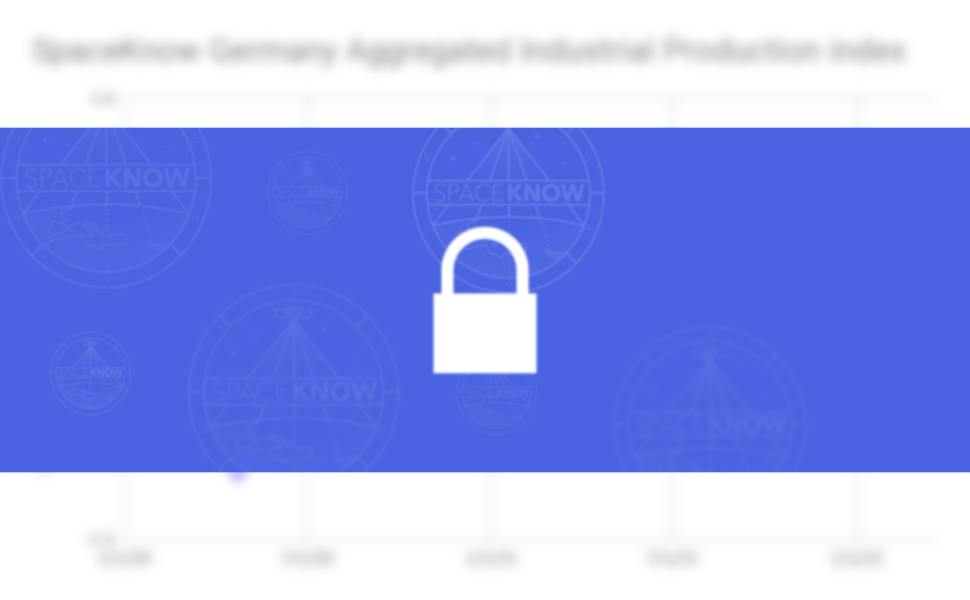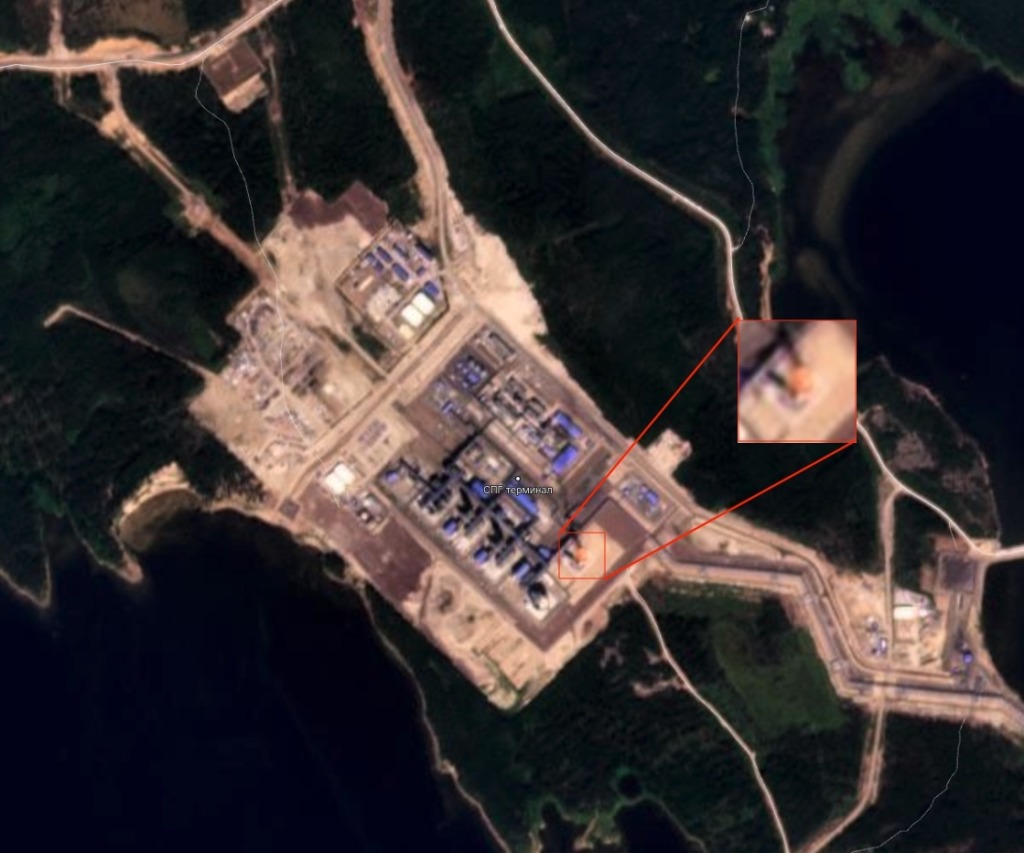Welcome back to the SpaceKnow Nowcasting Newsletter (SNN) where we deliver insights derived from satellite activity datasets. Let’s jump into what we’re seeing at Nord Stream 1.
- Portovoya Nord Stream 1 Compressor Station shows declining heat activity since Russian gas pipeline flows were limited in June 2022.
- The neighboring LNG Export Terminal has been flaring vast amounts of gas since June 17th 2022. This aligns with Gazprom limiting flow to 40% capacity on June 16th.
- The flaring can be attributed to burning excess gas which would otherwise be delivered through the Nord Stream 1 pipeline, equipment testing as part of the final commissioning step of the LNG Terminal, or safety procedures connected to equipment malfunction.
For the past few weeks, Europe has been facing a substantial surge in prices of energy and related commodities, but the commodity that has been in the spotlight more than any other is natural gas. European economies are dependent on natural gas, mainly from Russia. Export of natural gas from Russia has become a pawn in the Ukraine war and this is causing unprecedented volatility in prices. At SpaceKnow, we leverage remote sensing technology to bring transparency where objective and timely data is either limited or non-existent.
The Nord Stream undersea pipeline to Germany is the main route to deliver natural gas to Europe. It delivered more than a third of Russia’s total gas exports to Europe last year, with a peak capacity of about 167 million cubic meters a day. Recently, in June, Russia slashed exports to 40 percent of that level citing maintenance issues with gas turbines at the Portovaya compressor station, which is the entry point for Nord Stream on Russia’s side of the Baltic Sea. Less than 5 kilometers from the Nord Stream 1 compressor station, Gazprom has established the Portovaya LNG export terminal. Gazprom had initially announced that this terminal would be operational in 2023; given current economic sanctions, progress seems to be delayed.
The SpaceKnow team used remote sensing data to verify Nord Stream’s performance. The SpaceKnow Natural Gas Monitor observed a sharp fall in production activity at the Nord Stream 1 Compressor Station on June 5th, about 11 days before Gazprom announced that they were limiting the flow to 40% capacity. On July 17, extensive gas flaring was observed at the neighboring Portovaya LNG Export Terminal and has been detected daily ever since (Figure 1, Figure 2). News about gas flares observable from Finland have been reported by the Finnish broadcasting company Yle.
The extensive daily flaring at the LNG Terminal is particularly interesting. Generally speaking, the flaring could be attributed to burning excess gas which would otherwise be delivered through the Nord Stream 1 pipeline, or equipment testing as part of the final commissioning step of the LNG Terminal, or safety procedures connected to equipment malfunction.

Figure 1: The SpaceKnow Natural Gas Monitor shows the heat-activity (blue) dropping as pipeline export is limited historically (eg. connected to maintenance) as well in the most recent case. The underlying bar chart shows the reported gas flow (grey).

Figure 2: Flaring at the Compressor Station correlates to the scheduled maintenance (orange). Interestingly, the recent maintenance and gas deliveries cut-backs are accompanied by strong flaring at the LNG Terminal (red). The underlying bar chart shows the reported gas flow (grey).

The troubled Portovoya LNG Export Terminal should serve as a key alternative source of LNG deliveries to Kaliningrad in case pipeline deliveries through Lithuania and Belarus get interrupted. The contractor responsible for the terminal construction announced that LNG production should begin in 2022, while the original completion was scheduled for 2019.

SpaceKnow has vast experience in monitoring energy-intensive commodity processing and refining, as observed in this case on the natural gas compressor station and LNG Export Terminal. This information has proven to provide actionable insights in many domains, from energy and finance to ESG-related monitoring.
Did you enjoy this newsletter article? Subscribe using this link, and be the first to receive the next SpaceKnow Nowcasting Newsletter (SNN).
Interested in learning more about SpaceKnow’s energy and commodity products? Reach out to insights@spaceknow.com.